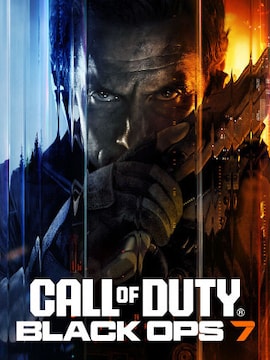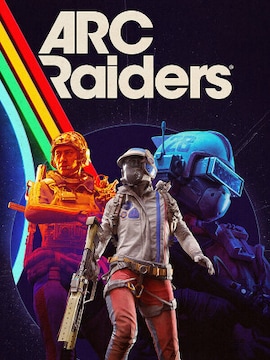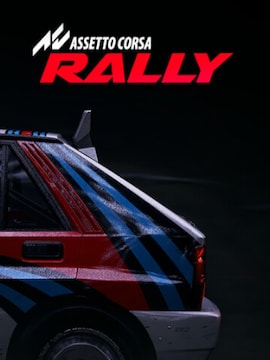Zombies are a reliable staple of modern horror (and horror-adjacent) fiction.
The lineage of their popular image can be traced back to George Romero’s movie Night of the Living Dead from 1968. Ever since then, they’d been popping up in movies at an increasing rate, perhaps reaching their zenith in the late 2000s.
But that’s the movie-verse trivia. How does it look in the gaming world? Not bad at all, to be frank. Let’s get the chainsaw and a shotgun and delve into the history of the brain-starved world of video game zombies.
Oh, the eighties
The 1980s were a wonderful time for B-movie magic and undead-illy exciting horror violence. In 1981 the world saw Sam Raimi’s classic movie Evil Dead. In 1984 also came the first zombie game to feature the shambling fellows, appropriately titled Zombie, Zombie and released for ZX Spectrum, over a decade before Capcom would change the world. But let’s not get ahead of ourselves.
After Zombie, Zombie followed other hungry, rotting carcasses from games like Ghosts and Goblins and Zombi (sic) from 1986. The world truly got a taste of a brain yet to come when in 1989 Capcom released Sweet Home, a by-now retro horror RPG set in an abandoned mansion riddled with mysteries and, indeed, restless dead of both ghostly and shambling varieties.
If you’ve been around in gaming for a while, it should ring a bell or two.
Shambling in The 90s
The nineties brought a few two major zombie-centric games. One is obvious, so we’ll leave it for last, and instead, let’s give some love to the other ones first.
One of them was House of the Dead, launched in 1996, with a sequel in 1998. It was an on-rails shooter designed for arcades and a light gun (remember those?), but also made a hop over to home media. Like many arcade games before, HotD was pretty difficult, with lots of stuff happening at once.
First, the obvious: zombies, which tended to be either fast, resilient or really annoying. Second: you could save civilians if you were quick enough to shoot whatever threatened them. And last: sometimes you could shoot a box or a lock to unlock bonuses or entire alternative routes through the level. It was a doozy and really leaned into a B-movie action-movie cheesiness.
On the other end of the spectrum was the Alone in the Dark series, which had three installments in the nineties alone. It was definitely more interested in survival horror over action, to the point where some enemies were simply impossible to kill in a straight fight.
There was also a haunted house, dual protagonist, and plenty of puzzles. It was a fantastic game, and it’s a shame that it got overshadowed by the true zombie-horror behemoth of the nineties which shared a few of the game’s broad strokes.
The evil residing
In 1996 Capcom released a series, which has been serving it very well ever since: Resident Evil. It was very much a survival horror game: tight quarter, low resources, plenty of puzzles, and enemies who were happy to munch on you. It shared ideas both with Capcom’s previous Sweet Home and Alone in the Dark, including two protagonists (Chris Redfield and Jill Valentine), a mysterious mansion, and limited resources.
What it added in spades, however, was WEIRDNESS. Its zombies were less supernatural creatures and more science-made mutants, and science-induced mutation has been a leading theme on the series.
Into the day
Resident Evil games have persisted over almost three decades of their existence, and have followed (and created) trends in horror and zombie fiction. 2005’s Resident Evil 4 went in the direction of an action B-movie in a loving tribute to the genre. As a result, it featured much more shooting than surviving and puzzle-solving.. On the other hand, 2016’s Resident Evil 7 was a first-person horror game, and as a bonus its take on zombies were the Molded: monstrous, mindless creatures made of a mutant fungus.
It was an interesting, and possibly not intended, response to fungus-infected humans from the zombie-fiction landmark The Last of Us from 2013 (and a 2020 sequel), which used a zombie apocalypse as a very actively threatening background for a story about broken people trying to survive and making hard choices.
A similar theme can be applied to Telltale’s adaptations and riffs on The Walking Dead graphic novel franchise, in a game series running from 2012 to 2019, where zombies are a persistent threat and a great foundation for lots of personal and interpersonal drama.
Keep the light alive
Of course, it hasn’t been all psychological and horrific. The Left 4 Dead games have shown that zombies work great as cannon fodder, especially when the horde gets extra spicy thanks to powerful supermutated ones.
Similarly, the Dying Light and Dead Island series use zombies as fun-to-kill mooks and foes to great effect while maintaining a more open-world, sandboxy structure. The long-awaited Dead Island 2, for example, takes place in an undead-infested Los Angeles and true to its roots offers juicy (terrible word to use in the context) melee combat powered by six distinct characters and a co-op potential.
On the lower scale of this approach are the various survival games, such as Project Zomboid, which uses zombies to make the slowly breaking down world present a more active threat… and perhaps let you smack your previous character with a pan on the next doomed playthrough.
Such games usually offer very little plot, if any at all, feeling confident in the emergent story coming from players’ interactions with the world.
The outliers
Of course, over the years there have also been some divergent ideas, like the humorous Stubbs the Zombie, which gave you control over the eponymous dead man, or Plants vs Zombies, which was a tower defense game about sentient plants fighting off garden-invading undead.
Many games also have zombies and other undead, but don’t make much of them, like various video game necromancers conjuring and, potentially, exploding zombies like humanoid grenades.
Summary
Overall, there’s no shortage of zombie-themed games, and whether you choose to go down the “they are a metaphor” path or the bloodied “they are so fun to kill!” corridor, you’re in for some of the best titles to ever come to gaming, and benefitting from literal decades of evolving ideas of what good zombie entertainment should be like.




